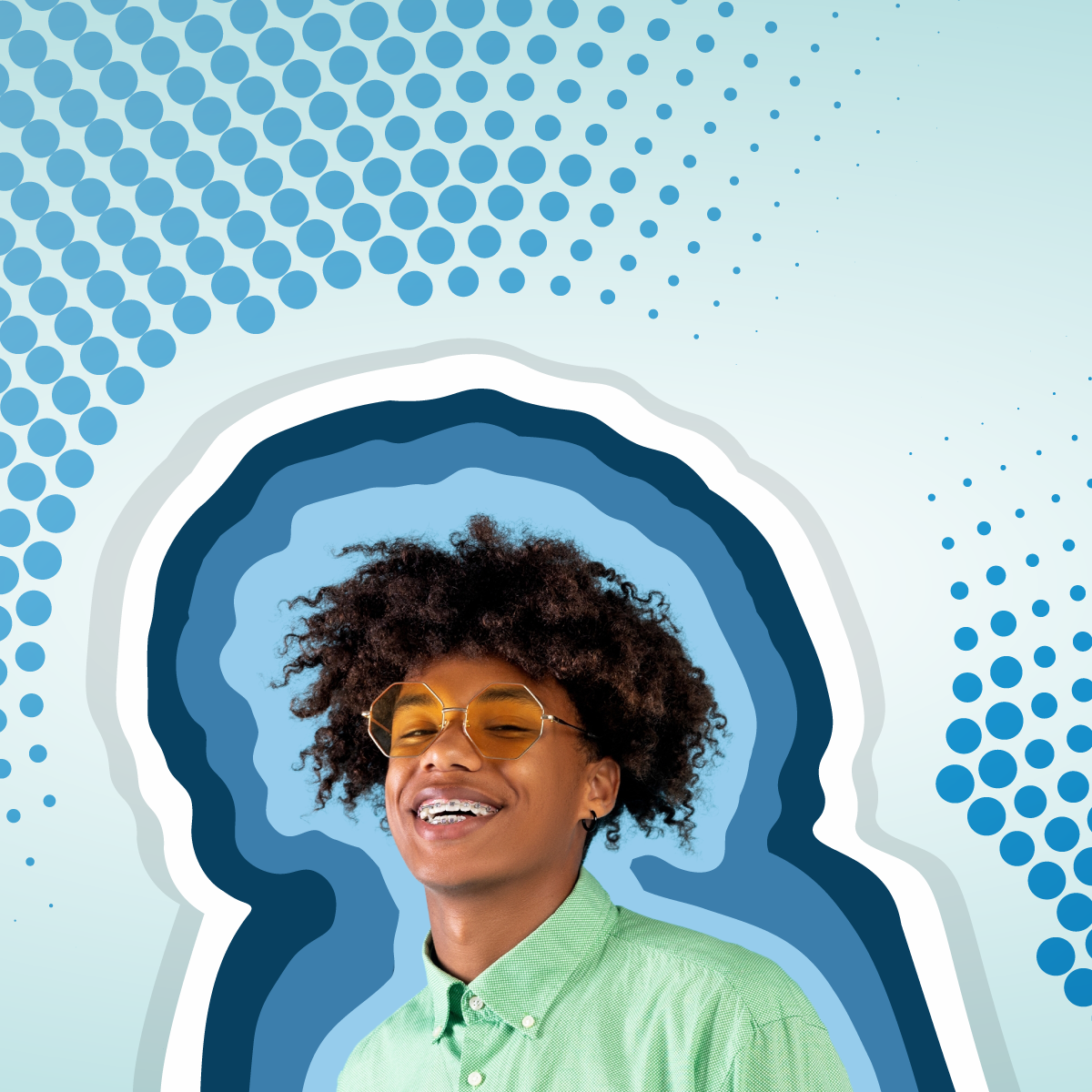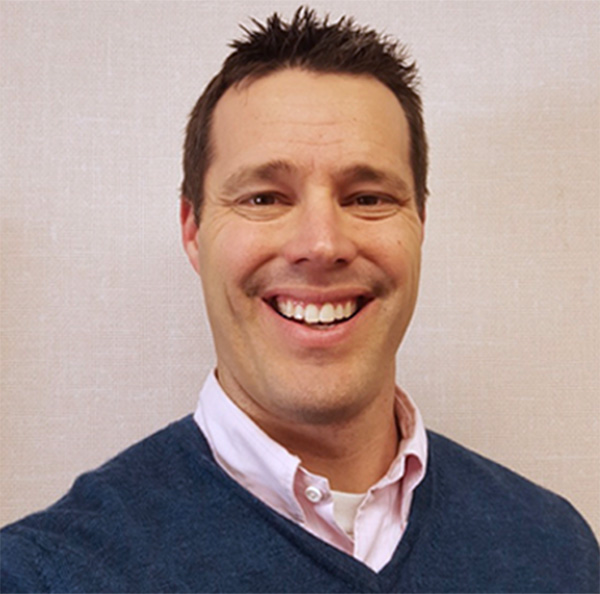 Schools often talk about “student voice,” but too often, it’s mistaken for students speaking more, expressing opinions, or offering feedback. Those things matter, but authentic learner voice goes deeper. Learner voice is the active presence of students in the learning process. It is the ability for students to influence, shape, and lead their learning rather than simply respond to what is handed to them. In the Re-Envisioning Rigor series, each volume has explored how teachers can make learning visible through practical routines. This third book takes that work further, showing how agency transforms learner voice from expression to ownership.
Schools often talk about “student voice,” but too often, it’s mistaken for students speaking more, expressing opinions, or offering feedback. Those things matter, but authentic learner voice goes deeper. Learner voice is the active presence of students in the learning process. It is the ability for students to influence, shape, and lead their learning rather than simply respond to what is handed to them. In the Re-Envisioning Rigor series, each volume has explored how teachers can make learning visible through practical routines. This third book takes that work further, showing how agency transforms learner voice from expression to ownership.
When students have real voice, they ask questions, initiate learning, and shape learning pathways. Voice is not about volume; it is about ownership of their learning.
And this is where student agency becomes essential. Agency is what gives voice power. Without agency, learner voice becomes performative; students talk, reflect, share ideas, and engage, but ultimately remain dependent. With agency, learner voice becomes transformational. Students set goals, monitor progress, evaluate their work, and make decisions that drive their learning forward.
This approach drives the work of Re-Envisioning Rigor: Powerful Routines for Promoting Student Agency. The book focuses on building everyday habits that make agency and authentic learner voice visible, actionable, and permanent.
What Is Learner Voice?
Learner voice is the integration of student thinking, autonomy, reflection, and decision-making into the learning process. It is not simply listening to feedback; it is co-constructing learning.
Students demonstrate learner voice when they can:
- Explain the purpose behind their learning
- Set meaningful goals and evaluate progress toward them
- Seek feedback and apply it without waiting for directions from the teacher
- Choose strategies to overcome challenges
- Advocate for their learning and needs
- Reflect on their growth and next steps
In a sense, learner voice is not about giving students “more choice,” or “more say.” It’s about giving them the capacity to act with intention.
That capacity is agency.
Why Agency Amplifies Voice
Many classrooms emphasize engagement, getting students interested, compliant, and on task. Engagement matters, but engagement alone does not create empowered learners. A student can be engaged and still passive.
Agency moves learners from active participants to self-directed ones.
- Engagement says: “I am involved.”
- Voice says: “I can express ideas and influence the work.”
- Agency says: “I can direct my learning, self monitor, and act on my ideas.”
Agency is the bridge between voice and action. It turns curiosity into purpose and effort into persistence.
Agency Grows Through Learning, Not After It
Agency grows through content, not after mastery. Students develop agency as they solve problems, analyze texts, design experiments, and revise their work in response to feedback. In every subject, agency takes root through authentic learning. Routines like Consultancy Dilemma and Known, Nuance, and Novel help students grapple with both content and the habits of thinking that build self-direction.
The Book: Making Agency a Habit, Not a Hope
Educators know that agency is important, but it often stays abstract. We admire it but aren’t always equipped to build it through repeatable, daily practice. We write it in our strategic plans, but struggle with what it looks like in practice. We know the theory, but struggle to help teachers implement it consistently in their practice.
This book shifts agency from theory to routine. From wishful hope to structured habit. One routine at a time, building learner agency and voice.
Like athletes, musicians, or designers, students need deliberate practice. Routines that focus on agency develop when students regularly:
- Set goals around their learning intentions and success criteria
- Monitor progress towards meeting those goals (routine such as Examining Errors)
- Reflect on their learning and thinking
- Take informed action based on evidence (routine such as Hot Seat)
These routines are simple, practical, and doable in any classroom, regardless of grade level or subject.
Two Practical Strategies That Amplify Learner Voice
1. Talk Detectives
This routine builds dispositions and “learning how to learn.”
Students:
- During group discussions, Talk Detectives observe how the conversation works, listening for things like good questions, active listening, balanced participation, or use of evidence.
- After the discussion, they give feedback on how the group built on ideas, who engaged, and where communication could improve.
- By analyzing and reflecting on dialogue, students become more intentional communicators, strengthening habits of deep listening, thoughtful speaking, and meaningful academic conversation that they can apply beyond the classroom.
This is not a fluffy reflection. It’s concrete, visible, and tied to academic work.
Why it matters:
This routine shifts the language from what the teacher wants to what the learner is working toward; when students can clearly articulate their goals and measure progress, their voice becomes visible—not as participation, but as ownership
2. Examining Errors
Instead of waiting for the teacher, students are taught to seek, analyze, and examine errors and determine next steps.
Students:
- Students analyze mistakes, either their own, a peer’s, or a teacher-modeled error, to uncover misconceptions and strengthen understanding, rather than simply being told what is wrong.
- By identifying errors and proposing corrections, students practice explanation, questioning, and justification, giving them a more active role in learning and feedback.
- Error analysis helps students see mistakes as information, not failure, building confidence, metacognition, and the ability to adjust strategies, key foundations of learner voice and self-directed learning.
Why it matters:
When students examine errors, not just fix them, they develop the language and confidence to explain their thinking, identify misconceptions, and adjust strategies. In doing so, mistakes become a source of insight, amplifying learner voice and strengthening agency.
How Agency Pulls Students Into Learning at Every Level
This book is grounded in the understanding that learning happens across the levels of complexity:
Dispositions → Surface → Deep → Transfer
Dispositions: Learning How to Learn. Mindsets, attitudes, and behaviors that enable effective learning.
Students learn routines that build habits:
- How do I set a goal?
- How do I monitor my progress?
- How do I ask better questions?
- How do I respond when I get stuck?
Agency becomes normalized, students don’t wait for direction; they act with purpose.
Surface Learning: Building foundational knowledge
At the surface level, students:
- Clarify what they are learning and why it matters
- Track their progress with checklists, success criteria, and evidence logs
- Ask questions that move learning forward
Instead of completing tasks blindly, students understand the purpose behind them. They become analysts, not followers.
Deep Learning: Connecting Ideas
With agency routines in place, students can:
- Evaluate their thinking and compare strategies
- Use feedback to revise reasoning or arguments
- Collaborate as self-directed learners, not passive group members
Voice shows up in decision-making:
Which strategy is best? What evidence supports my claim? What needs to change and why?
Transfer: Owning Learning Beyond the Lesson
Ultimately, agency prepares students to learn without being taught.
Students:
- Design their own next step
- Apply skills in new contexts
- Use reflection to plan future learning
- Advocate for themselves in academic, personal, and real-world situations
This is voice at its fullest expression. In our daily habits and routines, we need to ensure that learners are exposed to all levels consistently; all learners deserve it.
Just as students build agency through routines, teachers build professional agency through supported, deliberate practice. The routines in this book are meant to be implemented gradually so both teachers and students can sustain growth. When professional learning mirrors the routines we use with learners, agency becomes a shared culture rather than an individual trait.
Why This Matters Now
Life rewards learners who can learn, unlearn, and relearn, not those who wait to be told what to do. When students understand their purpose, track their progress, seek feedback, reflect often, and take ownership of their learning, they slide over into the driver’s seat.
Ready to make agency a daily habit in your classrooms?
Re-Envisioning Rigor: Powerful Routines for Promoting Student Agency helps educators turn theory into structured, repeatable practice—so every learner can lead their own learning.
Partner with The Core Collaborative to design professional learning that makes rigor visible, equitable, and doable through practical routines and job-embedded coaching.




